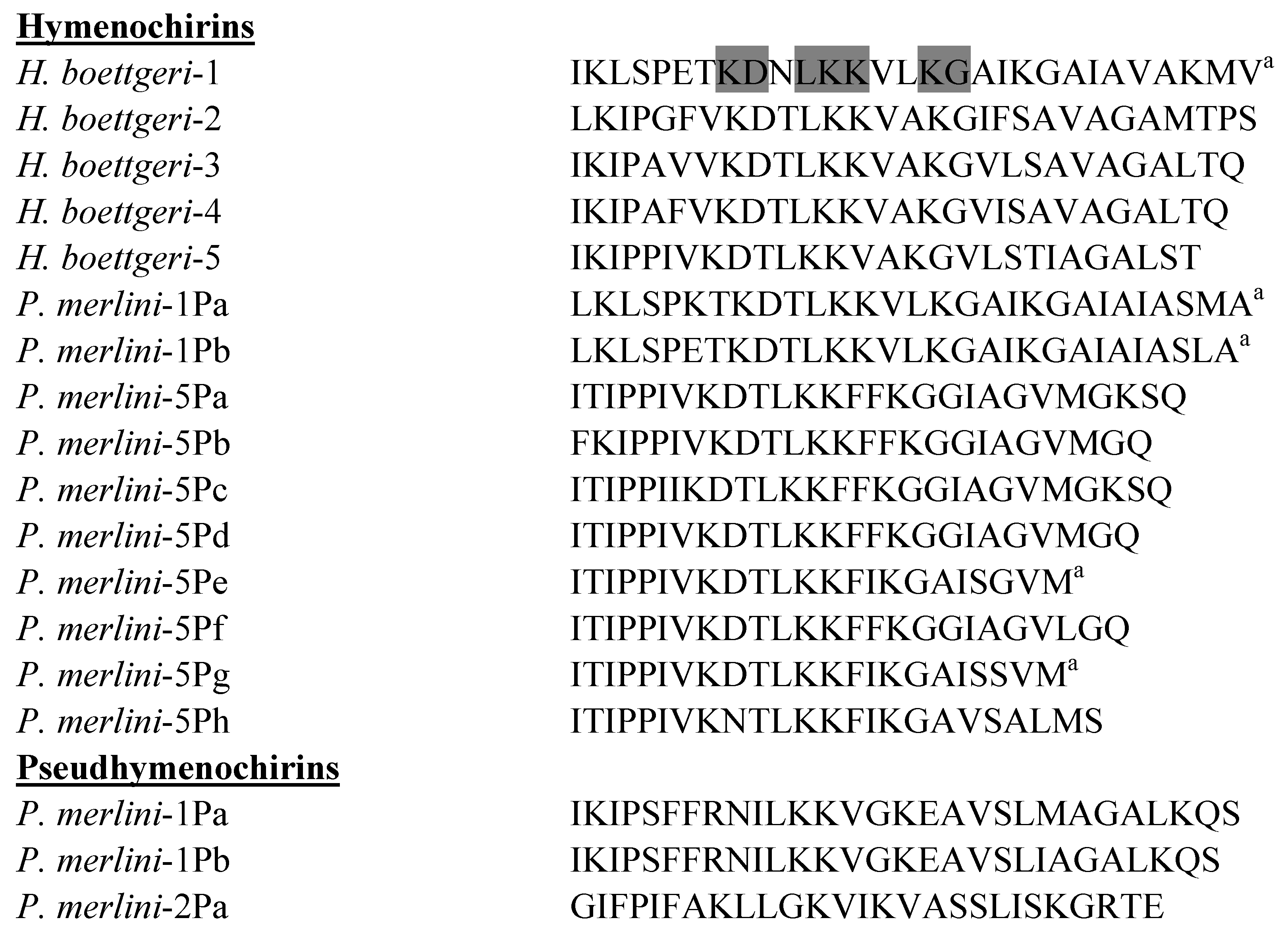
Although usually referred to as antimicrobial peptides, these components are multifunctional, displaying cytokine-mediated immunomodulatory properties as well as anti-cancer, anti-viral, chemoattractive, and insulin-releasing activities.
#CAERULEIN PRECURSOR FRAGMENT 3 SKIN#
Skin secretions from many species of Anura (frogs and toads) contain cytotoxic peptides, often in very high concentrations, with broad-spectrum antibacterial and antifungal activities and the ability to permeabilize mammalian cells. Peptides with potent antibacterial and antifungal activity play an important role in the system of innate immunity that predates adaptive immunity and constitutes the first-line defense against invading pathogens for a wide range of vertebrate and invertebrate species. There is an urgent need for new types of antimicrobial agents with activity against these microorganisms that also possess appropriate pharmacokinetic and toxicological profiles. Although effective new types of antibiotics against multidrug-resistant Gram-positive bacteria such as methicillin-resistant Staphylococcus aureus (MRSA) have been introduced or are in clinical trials, the situation regarding new treatment options for infections produced by multidrug-resistant Gram-negative pathogens such as Acinetobacter baumannii, Pseudomonas aeruginosa, Klebsiella pneumoniae, and Stenotrophomonas maltophilia is less encouraging. The emergence in all regions of the World of strains of pathogenic bacteria and fungi with resistance to commonly used antibiotics constitutes a serious threat to public health and has necessitated a search for novel types of antimicrobial agent to which the microorganisms have not been exposed. Despite this, the therapeutic potential of frog skin peptides as anti-infective agents has not been realized so that alternative clinical applications as anti-cancer, anti-viral, anti-diabetic, or immunomodulatory drugs are being explored.

Analogs of the magainins, CPF peptides and hymenochirin-1B with increased antimicrobial potencies and low cytotoxicities have been developed that are active (MIC < 5 μM) against multidrug-resistant clinical isolates of Staphylococcus aureus, Escherichia coli, Acinetobacter baumannii, Stenotrophomonas maltophilia and Klebsiella pneumoniae. A major obstacle to the development of these peptides as anti-infective agents is their hemolytic activities against human erythrocytes. Hymenochirins and pseudhymenochirins have been isolated from Hymenochirus boettgeri and Pseudhymenochirus merlini. Magainin, peptide glycine-leucine-amide (PGLa), caerulein-precursor fragment (CPF), and xenopsin-precursor fragment (XPF) peptides have been isolated from norepinephrine-stimulated skin secretions from several species of Xenopus and Silurana. All rights reserved.Skin secretions from frogs belonging to the genera Xenopus, Silurana, Hymenochirus, and Pseudhymenochirus in the family Pipidae are a rich source of host-defense peptides with varying degrees of antimicrobial activities and cytotoxicities to mammalian cells. The CPF peptides show potential for development into agents for the treatment of Type 2 diabetes.Ĭopyright © 2012 Elsevier Masson SAS. The mechanism of action of the CPF peptides involves, at least in part, membrane depolarization and an increase in intracellular Ca(2+) concentration. No CPF peptide stimulated release of the cytosolic enzyme, lactate dehydrogenase from BRIN-BD11 cells at concentrations up to 3 μM indicating that the integrity of the plasma membrane had been preserved. In addition, CPF-SE1 (GFLGPLLKLGLKGVAKVIPHLIPSRQQ), previously isolated from skin secretions of the tetraploid frog Silurana epitropicalis, produced a significant (P < 0.05) increase in the rate of insulin release at 0.03 nM with a 514 ± 13% increase over basal rate at 3 μM. CPF-7 (GFGSFLGKALKAALKIGANALGGAPQQ) produced the maximum stimulation of insulin release (571 ± 30% of basal rate at 3 μM). CPF-1, CPF-3, CPF-5 and CPF-6 were the most potent producing a significant (P < 0.05) increase in the rate of insulin release at concentration of 0.03 nM. These peptides were purified to near homogeneity and structural characterization showed that they belong to the magainin (2 peptides), peptide glycine-leucine-amide (PGLa) (1 peptide), xenopsin precursor fragment (1 peptide), and caerulein precursor fragment (CPF) (6 peptides) families.

Peptidomic analysis of norepinephrine-stimulated skin secretions of the tetraploid clawed frog Xenopus laevis (Pipidae) led to the identification of 10 peptides with the ability to stimulate the release of insulin from the rat BRIN-BD11 clonal β cell line.


 0 kommentar(er)
0 kommentar(er)
